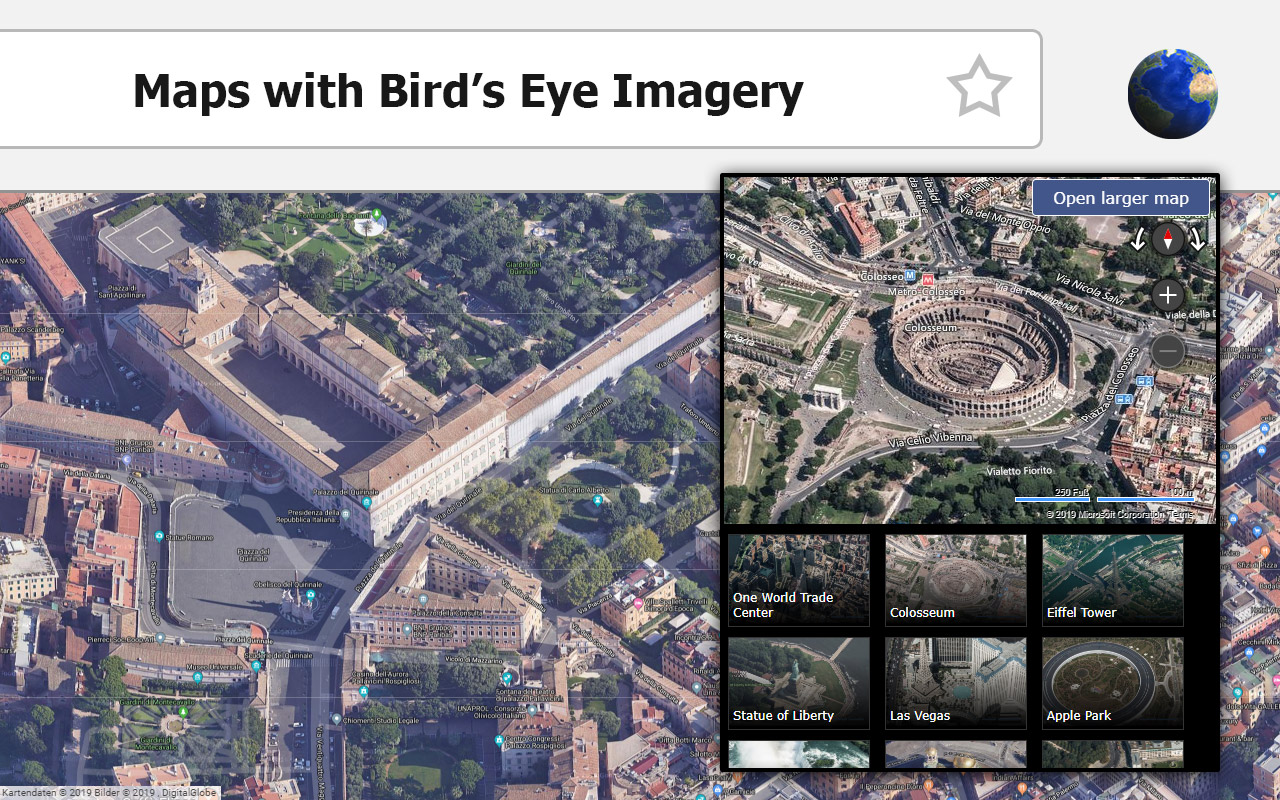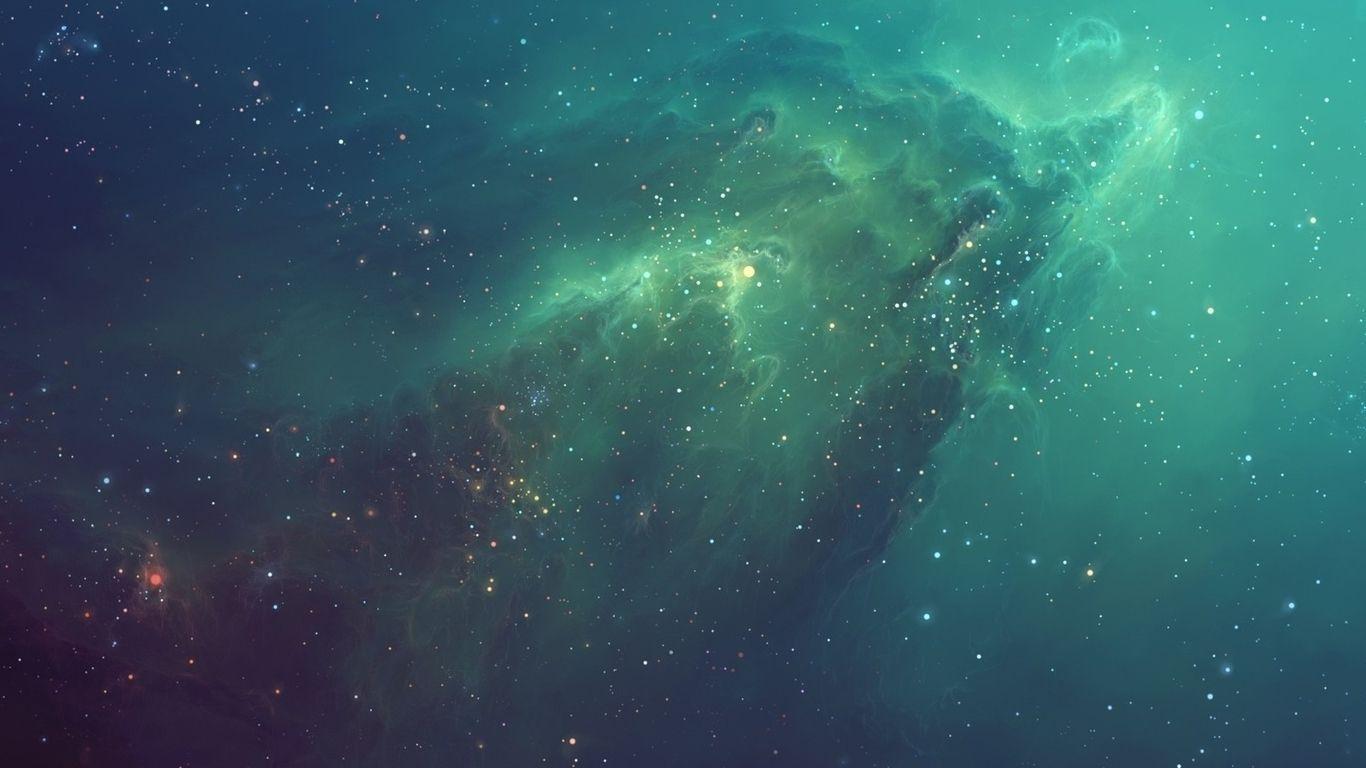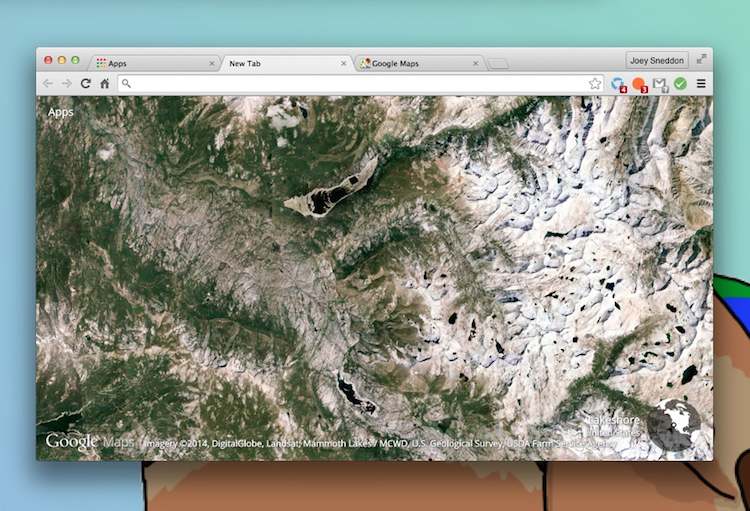

It is however possible to obtain the textures from the NASA website, process them and straightforwardly use them as a replacement.

Parallax mapping for ground textures is therefore disabled. Currently, due to size concern, all the textures distributed in FGData are of low resolution (2048p x 2048p per tile) and do not incorporate the alpha channel encoding the height. There is no general option to do this automatically, but an automatic transition from default FG rendering and weather to Earthview is easily coded spacecraft side and implemented for the Space Shuttle.Īll textures are taken from the NASA Visible Earth project - at the highest resolution level, Earth can be rendered at 32768圆5536 pixel (about 500 x 500 m per pixel) and clouds with half of that. For this reason, AW needs to be ended before Earthview is started. In the case of Advanced Weather (AW) this is an issue because both systems try to adjust atmosphere visuals. If atmosphere visuals are rendered, Earthview interacts with the weather system in that the visibility used by Earthview and by the weather system will be the same.

Visibility dials the amount of fogging seen on the planet.Įarthview runs without ALS, but does not provide any credible visuals of the Atmosphere. Using Rayleigh, Mie and Density, atmosphere visuals (if Atmospheric light scattering (ALS) is on) can be adjusted. if a place is obscured by clouds initially, it will always be). For instance, if no cloud shadows are rendered, it is possible to rotate the cloud sphere around Earth and give different places different weather (otherwise, the cloud pattern will always be the same, i.e. Sliders further down can be used to adjust details. Generally, using Earthview below an altitude of ~30 km / 100.000 ft is not recommended and will almost certainly not give the desired visuals. 'Start' run Earthview, 'Stop' ends the computations and removes the 3d model. These are computed using the alpha channel of the cloud map as an input information of their vertical extension whether clouds should be rendered with lighting and parallax effects.Parallax effects are also computed if the normal map contains an alpha channel encoding the inverse height of the Earth's relief whether textures should be rendered with lighting based on a normal map.whether textures should be procedurally enhanced with overlay textures to provide better apparent texture resolution.

whether Earthview should take control of the atmosphere visuals and adjust them based on altitude.whether the cloud layer information should be used to render cloud shadows onto the terrain.whether a cloud layer should be rendered above the planet.Flying the Shuttle - Orbital Operations.Since there is then only a single object in the field of view, performance is generally very good provided that there is enough texture memory available. The quality of the terrain visuals then largely depend on the texture size used. It is based on projecting a simple textured sphere representing Earth into the scene using ray optics. In particular for orbiting spacecraft such as Vostok-1 or the Space Shuttle or even the UFO, neither rendering nor loading the standard terrain mesh is fast enough.Įarthview is an alternative orbital rendering engine for FlightGear designed to get credible visuals in these situations. While it is possible to use it for altitudes up to some 100 km, the performance impact becomes increasingly prohibitive and the visuals are not overly compelling. The default FlightGear terrain rendering strategy is designed for visuals from aircraft cruise altitude.


 0 kommentar(er)
0 kommentar(er)
